Optimal Timing for Solar Panel Repairs
Timing for solar panel repairs depends on environmental conditions, system performance, and manufacturer recommendations. Regular inspections can identify issues early, minimizing downtime and maintaining optimal energy output.
Spring and early summer are ideal for repairs due to milder weather, allowing safe and effective maintenance activities.
Avoid repairs during heavy rain, snow, or extreme heat to ensure safety and proper repair quality.
Schedule repairs if performance drops significantly or if there are visible damages or debris obstructing sunlight.
Follow specific guidelines provided by solar panel manufacturers for optimal repair timing.
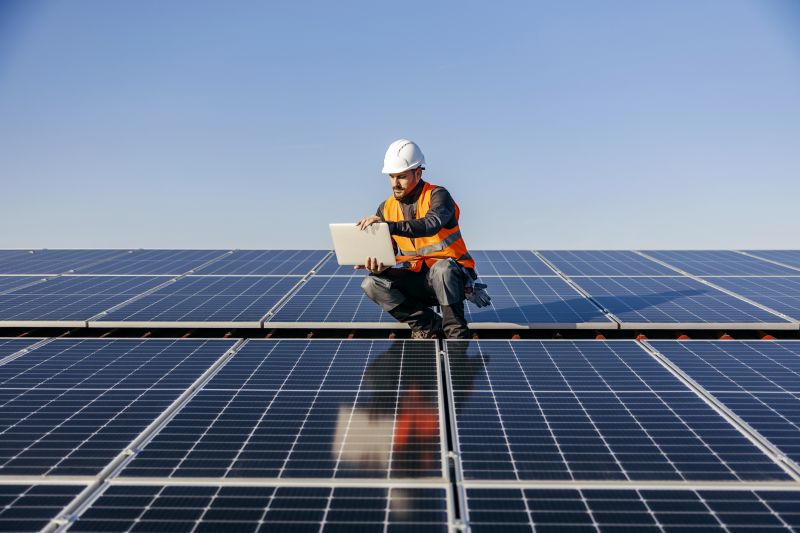
Regular inspection helps identify early signs of damage or dirt accumulation that can impair performance.

Perform repairs during mild weather conditions for safety and efficiency.
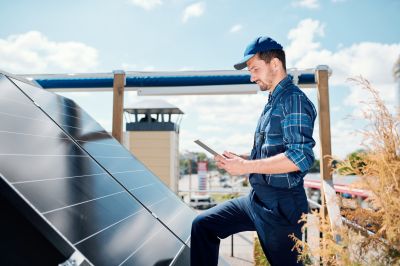
Assess damage after storms to determine if repairs are necessary.
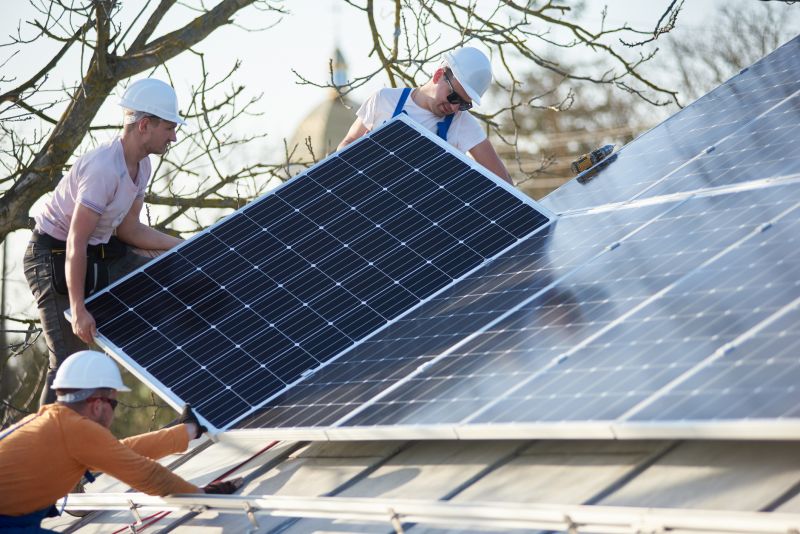
Ways to make Solar Panel Repairs work in tight or awkward layouts.
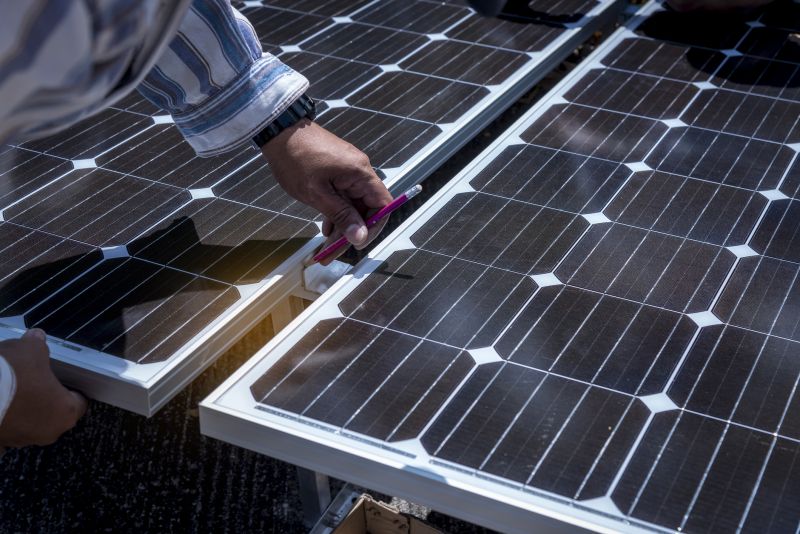
Popular materials for Solar Panel Repairs and why they hold up over time.

Simple add-ons that improve Solar Panel Repairs without blowing the budget.
| Season or Condition | Recommended Action |
|---|---|
| Spring | Ideal for scheduled maintenance and repairs |
| Summer | Perform repairs during cooler days to avoid heat stress |
| Post-storm | Inspect for damage and perform necessary repairs |
| Winter | Limit repairs to safety assessments and minor fixes |
| Performance decline | Schedule repairs when output drops significantly |
Solar panel repairs are essential for maintaining system efficiency and prolonging lifespan. Damage from weather, dirt accumulation, and component wear can reduce energy production. Regular inspections and timely repairs help prevent costly replacements and ensure consistent energy generation. Studies indicate that proper maintenance can improve system output by up to 25%, emphasizing the importance of scheduling repairs at optimal times.
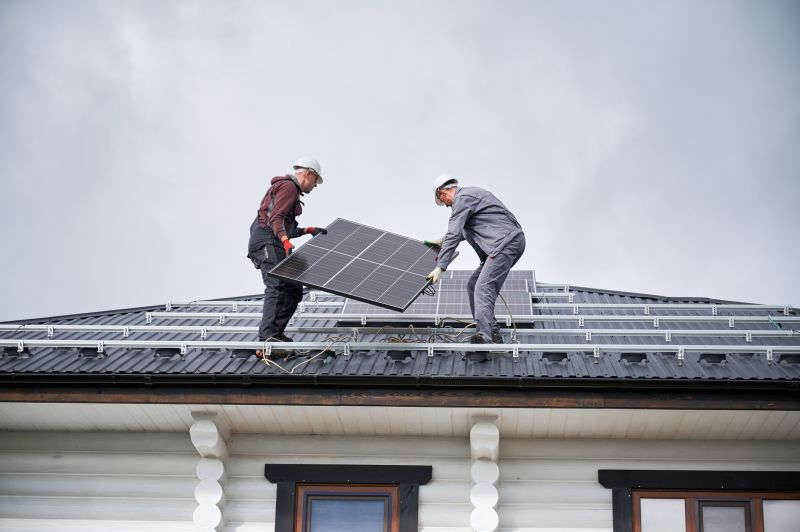
Visual damage can impair energy production and needs prompt repair.

Cleaning is often part of repairs to remove dirt and debris.

Technicians assess and replace damaged components during repairs.
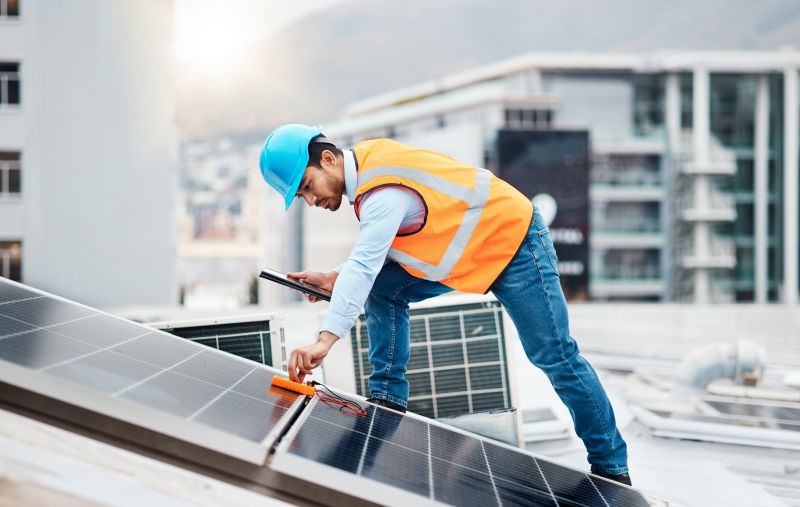
Tools used to evaluate system performance and identify issues.
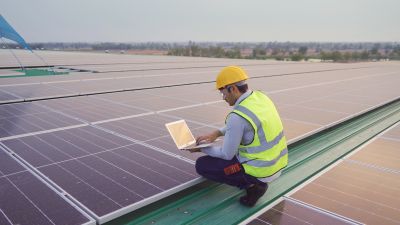
High-end options that actually feel worth it for Solar Panel Repairs.
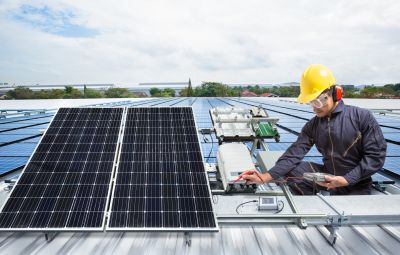
Finishes and colors that play nicely with Solar Panel Repairs.
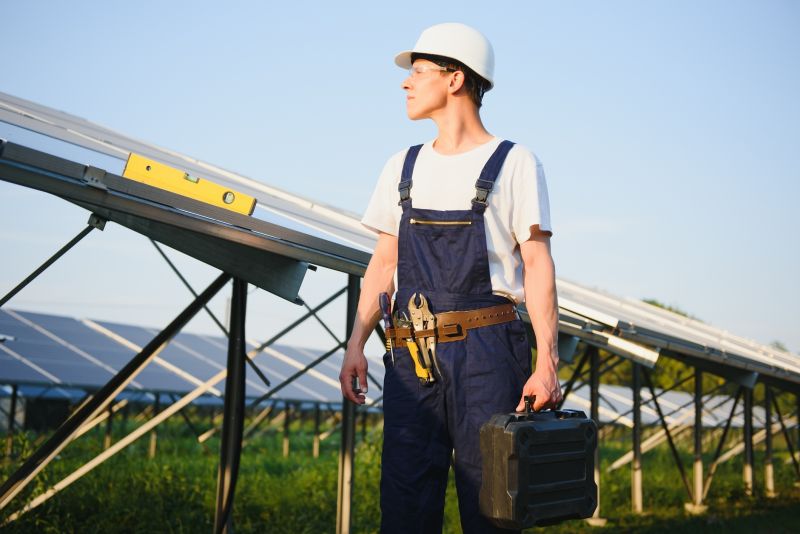
Little measurements that prevent headaches on Solar Panel Repairs day.
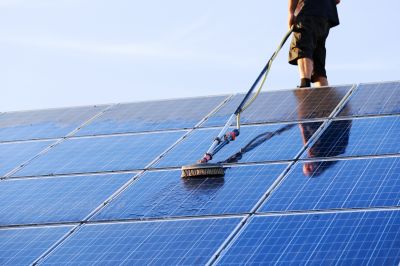
A 60-second routine that keeps Solar Panel Repairs looking new.
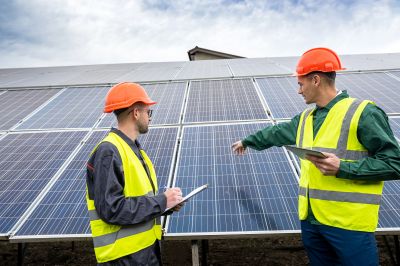
A frequent mistake in Solar Panel Repairs and how to dodge it.

Small tweaks to make Solar Panel Repairs safer and easier to use.
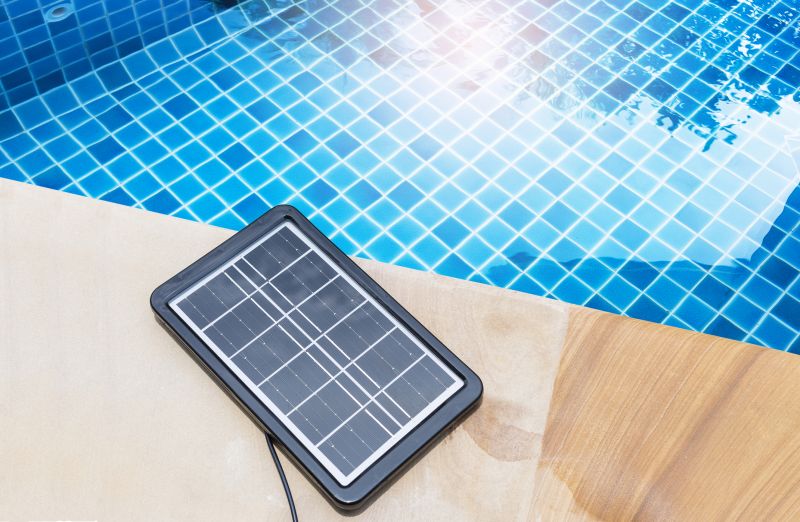
Lower-waste or water-saving choices for Solar Panel Repairs.

The short, realistic tool list for quality Solar Panel Repairs.
Timely repairs ensure maximum energy output and system longevity. Delays in addressing issues can lead to further damage and increased costs. Regular maintenance schedules, aligned with seasonal weather patterns and system performance metrics, optimize repair timing and effectiveness.
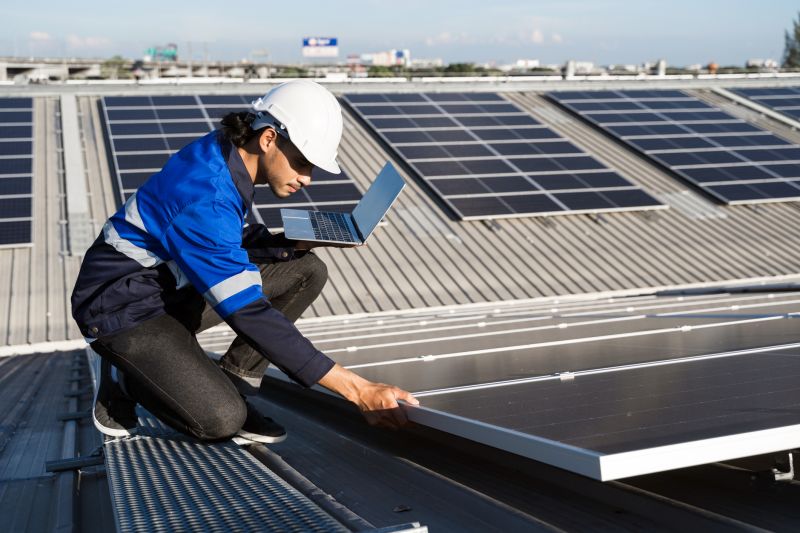
Professional repairs restore optimal functionality.
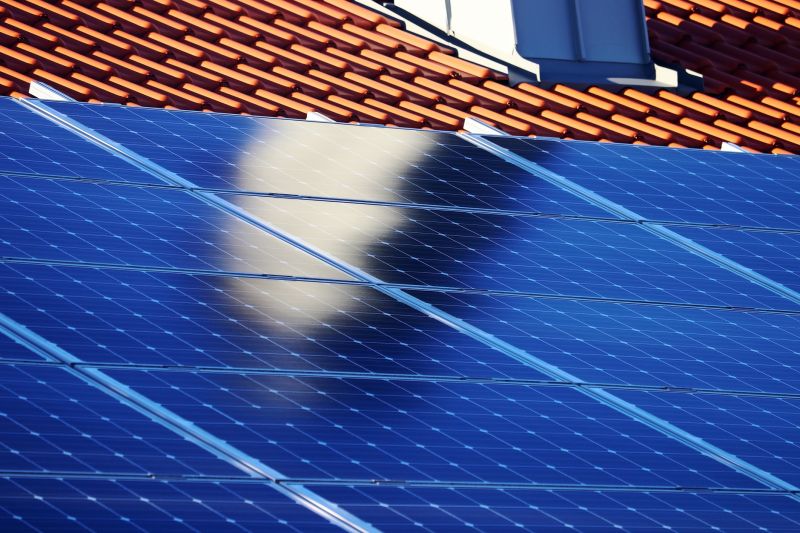
Completed repairs ensure efficient energy production.
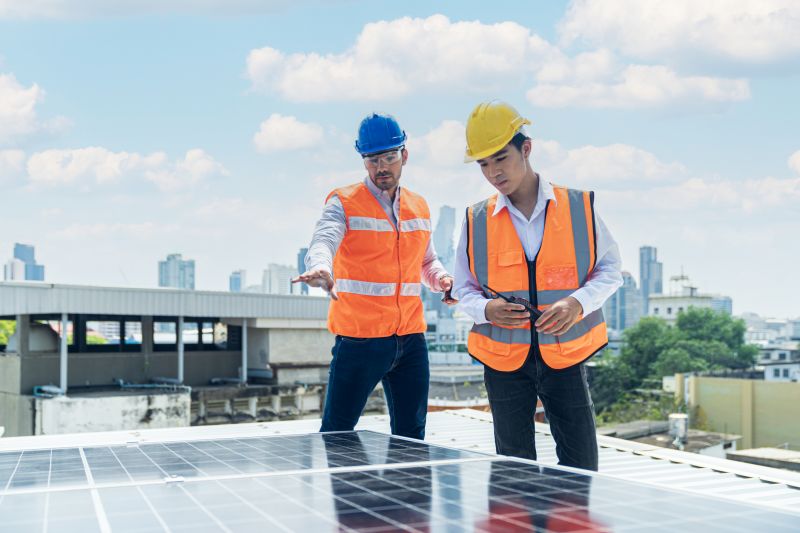
Rough timing from prep to clean-up for Solar Panel Repairs.

Quick checks and paperwork to keep after Solar Panel Repairs.
For those interested in maintaining peak system performance, scheduling repairs during the recommended seasons and conditions is advised. Proper timing minimizes downtime and maximizes energy production, contributing to long-term savings and system reliability.



